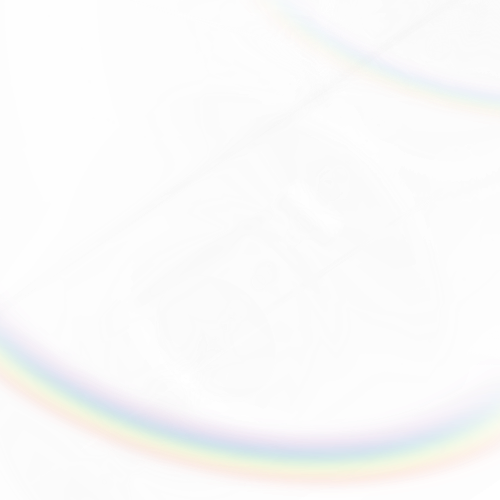Mismatched Tiles: How to Create a Bold, Unique, and Cohesive Design
In the world of interior design, there's an ever-growing trend that's breaking away from the uniform and monotonous: mismatched tiles. Instead of sticking to a single pattern or color, homeowners and designers are embracing a more eclectic approach, resulting in spaces filled with personality, dynamism, and unexpected charm.
But the journey to achieving the perfect mismatched tiled space is paved with thoughtful consideration and strategic planning. The goal is to craft a visually stimulating environment where each tile contributes to a harmonious whole, despite their disparate designs. Balancing colors, selecting complementary patterns, and paying attention to size and scale are crucial steps in ensuring that the final outcome is not only beautiful but also cohesive. But how do you pull off this look without making your space feel chaotic? Read on for some expert tips and insights.
Start with a Unifying Element

A unifying element doesn't necessarily mean compromising on the eclecticism that mismatched designs offer. Instead, it's about finding a consistent theme or motif that can subtly echo throughout your space. For instance, if you're looking to mix tiles of different patterns, choosing a consistent color palette can be your unifying factor. This means that while each tile might have a distinct design or texture, they all resonate within the same color spectrum, offering a harmonized visual appeal. Different tiles in varying shades of blue, from teal to navy, can together paint a picture that is simultaneously varied and unified.
Similarly, a particular shape or design motif can also act as this anchor. Imagine a space adorned with tiles of different sizes and colors, but every tile incorporates a circular pattern or motif. This repetition of shape ensures that, despite the differences, there's a recurring element that guides the viewer's eye and provides a sense of continuity.
This approach offers flexibility. The unifying element doesn't need to dominate or overshadow the individuality of each design component. Instead, it softly underpins the overall theme, ensuring that while each tile or design element stands out in its unique way, the space as a whole feels integrated and harmonious.
Mix Scales and Patterns

One of the most effective ways to breathe life into a space is by playing with scales and patterns. The strategic interplay of sizes and designs introduces depth, layering, and a dynamic visual appeal that can transform even the most mundane spaces into artistic showcases. The decision to pair larger tiles with smaller ones is not just about creating visual contrast, but also about manipulating perceptions. Large tiles tend to have an expansive effect, making areas feel more open and spacious, while smaller tiles can add intricacy and detail to a space.
Patterns, on the other hand, can evoke moods, stories, or cultural echoes. The mingling of intricate designs with simpler, more understated ones is akin to juxtaposing a compelling narrative with a silent backdrop. It ensures that while there's enough to captivate attention, there's also enough breathing space to avoid overwhelming the viewer. For instance, if you were to combine the detailed artistry of Moroccan tiles with the minimalistic elegance of plain rectangular tiles, the resulting interplay would be both captivating and restful.
The example of combining large hexagonal tiles with petite subway tiles is a testament to this design philosophy. While the hexagonal tiles bring forth a modern geometric appeal with their sizable presence, the subway tiles, with their classic simplicity, offer a counterbalance. This juxtaposition results in a space that feels both contemporary and timeless. Moreover, the contrasting shapes lead the eye on a delightful journey, discovering each tile's unique contribution to the overall aesthetic.
Stick to a Theme

When you decide on a theme, it becomes your guiding principle. This clarity not only streamlines your choices but also ensures that individual elements, like tiles, come together in a harmonious ensemble rather than a disjointed collage. Let’s take the example of a vintage look. Vintage, as a theme, encapsulates a certain era or period. The design elements, patterns, colors, and materials typical of that era become the focal points. Vintage-patterned tiles, with their intricate motifs and sometimes faded palettes, are reminiscent of times gone by. Pairing these with terracotta tiles, known for their earthy tones and age-old appeal, further reinforces the vintage vibe. Encaustic tiles, with their deep colors and historical patterns, add another layer, offering depth and complexity to the vintage narrative.
In the same vein, if you were to opt for a rustic theme, you'd look for tiles that evoke a sense of natural simplicity, perhaps those that mimic stone, wood, or other organic materials. On the other hand, a modern edge would call for tiles with cleaner lines, minimalist patterns, and perhaps a more monochromatic palette.
The key takeaway is consistency. While mismatching tiles offer a delightful opportunity to play with contrasts, the underlying theme ensures that this playfulness doesn't devolve into chaos. It's a balance between freedom and structure. Each tile, with its unique character, contributes to the overarching narrative, ensuring that while the space is eclectic, it is also harmonious and deeply reflective of the chosen theme.
Use Transition Areas

Using varied tiles to mark different zones is akin to a visual whisper, indicating a change without being jarring. For instance, in a bathroom, this distinction becomes especially practical. You might use non-slip tiles in the wet shower area, while the rest of the floor could showcase another design that complements the bathroom's aesthetics. Such a distinction not only serves a functional purpose – ensuring safety in the wet zone – but also allows you to play with different tile designs, enhancing the overall appeal.
Similarly, kitchens, the heart of many homes, often have multiple areas, each dedicated to a different function. The backsplash, a prime candidate for this transition tactic, can be transformed from a mere protective wall cover to a canvas of creativity. Imagine a bold, vibrant pattern near the stove, signifying heat and activity, which then seamlessly transitions into a calmer, subtler design by the sink, evoking feelings of coolness and tranquility.
Consider Grout Colors
Grout isn’t just the adhesive stuff that holds your tiles in place; it's a key player in your tile design that should not be overlooked, especially when working with mismatched tiles. Its color can either create harmony among varying tiles or emphasize their distinct designs, adding another layer to the intricate canvas of your space. The significance of grout colors stretches beyond the functional to the aesthetic, aiding in the realization of your design visions.
Opting for a neutral grout color is a subtle choice that unifies assorted tile designs, creating a soothing and cohesive visual flow. This understated approach allows the unique characteristics of each tile to shine without competing with each other. On the other end of the spectrum, choosing a contrasting grout color can be a bold and deliberate design decision that highlights the individuality of each tile. This approach delineates the boundaries of each tile and is a statement of creativity, where each tile becomes a distinct piece of a beautiful mosaic, contributing to a lively and energetic space.
Furthermore, don’t forget to consider the practical aspects of grout color. Lighter grout might be a wonderful choice aesthetically for blending tiles, but it may be prone to showing dirt easily, requiring more maintenance. Darker grout, on the other hand, is more forgiving of dirt and stains, making it a practical choice for high-traffic areas or spaces prone to moisture and grime, such as kitchens and bathrooms.
Test Before Finalizing
By arranging your tiles in your intended pattern, you're essentially getting a sneak peek into the future. This exercise serves multiple purposes. Firstly, it allows you to visualize the synergy among the tiles. Perhaps two designs that looked stunning independently might clash when placed side by side, or a certain pattern might overpower others, disrupting the intended balance. By laying them out, these issues come to the fore, offering a chance for timely intervention.
Secondly, it provides an opportunity to experiment. Maybe you find that introducing a buffer tile between two contrasting designs can lessen the jarring effect. Or perhaps, rotating a tile introduces an unexpected yet delightful design twist. The beauty of this stage is in its fluidity, granting you the freedom to shuffle, rearrange, and re-imagine without any lasting consequences.
Trust Your Instincts
In the vast realm of interior design, guidelines serve as helpful markers, illuminating paths that many have trodden with success. However, there's something uniquely rewarding about forging your own path, guided by your inner compass. After all, it's your space, a canvas on which you imprint your identity.
Mismatched tiles offer a splendid opportunity for this very expression. Unlike more standardized decor choices that box you into pre-defined aesthetics, this approach is akin to an artist with an array of colors and brushes. There's no singular 'right' way, but rather infinite possibilities that can be molded by your personal touch.
And while it's beneficial to gain inspiration from showrooms, design magazines, or Pinterest boards, the heart of your design should resonate with what speaks to you. Maybe that's a daring blend of bold patterns, a subtle interplay of pastel shades, or a whimsical mix of vintage and modern. Each choice is a chapter of your story, and no one tells it better than you.
In Conclusion
Navigating the diverse world of mismatched tiles can seem like a daunting challenge. But when executed with care and thought, these tiles have the power to metamorphose an ordinary space into an extraordinary, personalized retreat. The goal isn't uniformity, but rather an artful assemblage where every tile, no matter how distinct, contributes to the grand mosaic of your design vision.
As you stand on the brink of your next design project or ponder about adding a fresh twist to an existing space, don't just follow the trodden path. Instead, dare to be different. Embrace the eclectic allure and the boundless possibilities that come with mismatched tiles. Let them be the canvas where your creativity knows no bounds, and where every choice you make adds a chapter to the story of your space.
Ready to bring your mismatched tile vision to life? With the DecorMatters app, you can experiment with tile combinations, visualize layouts, and create stunning designs before making a final decision. Download the DecorMatters app today and start designing your dream space with confidence!
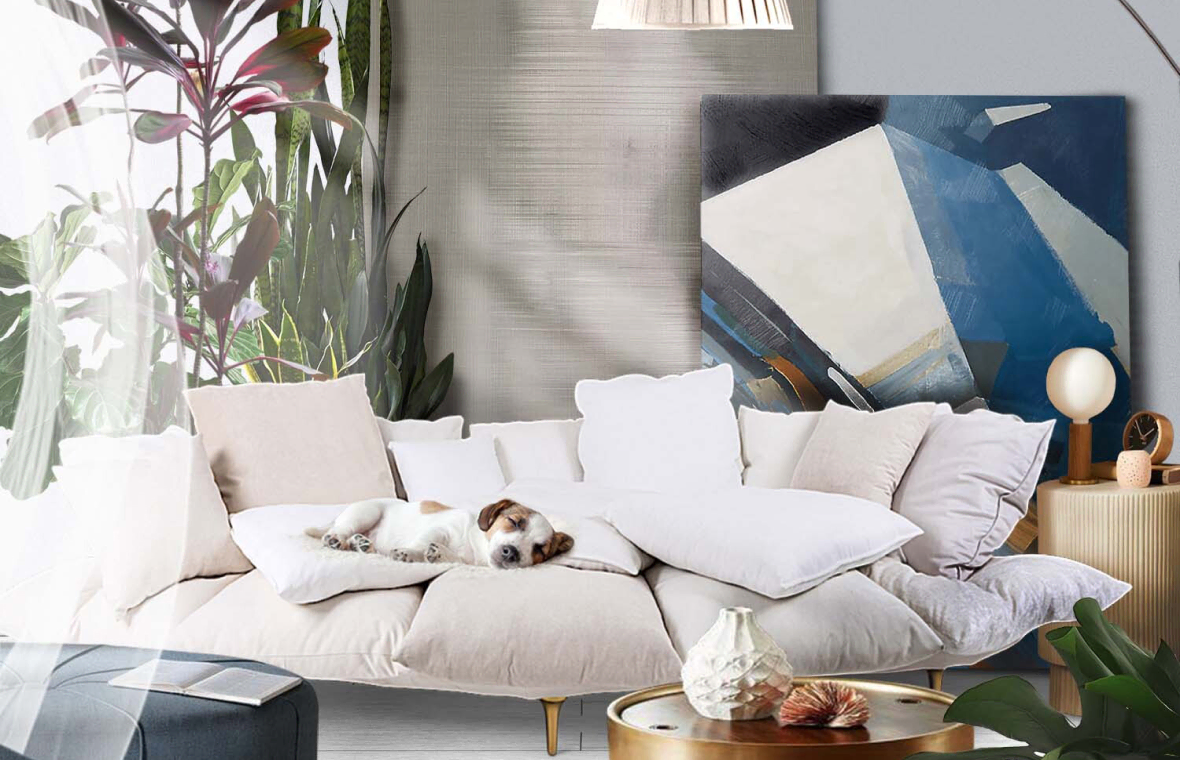
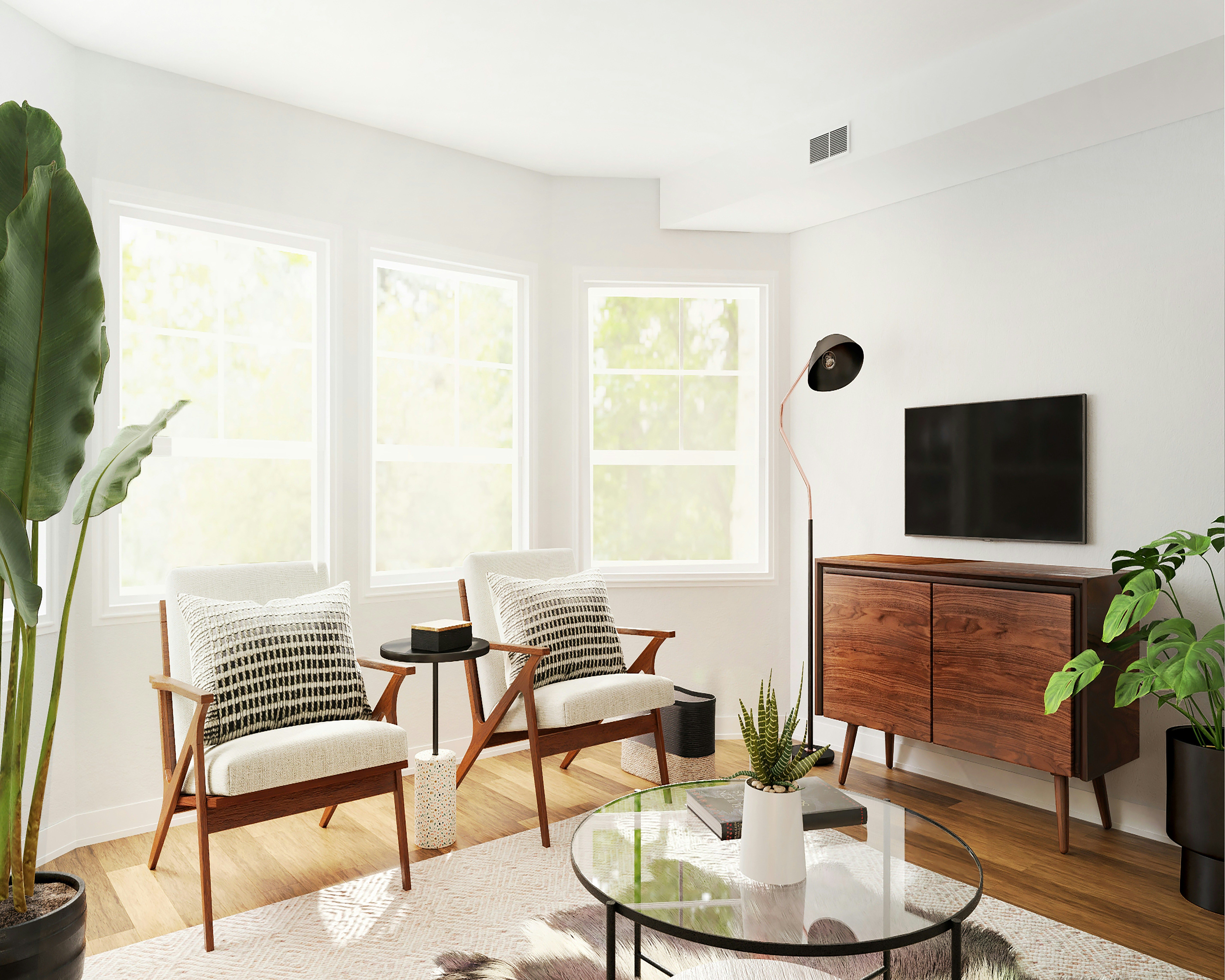
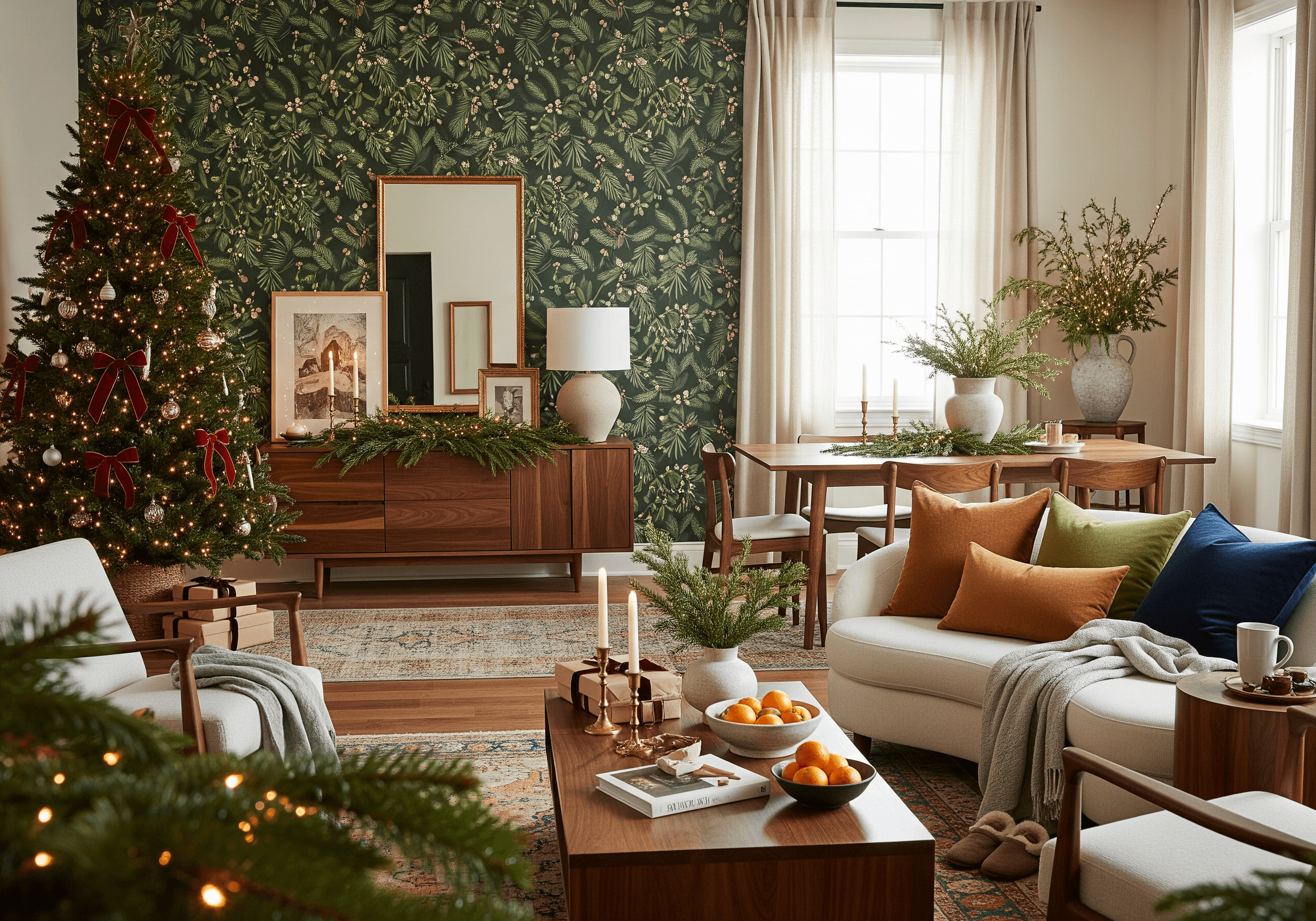
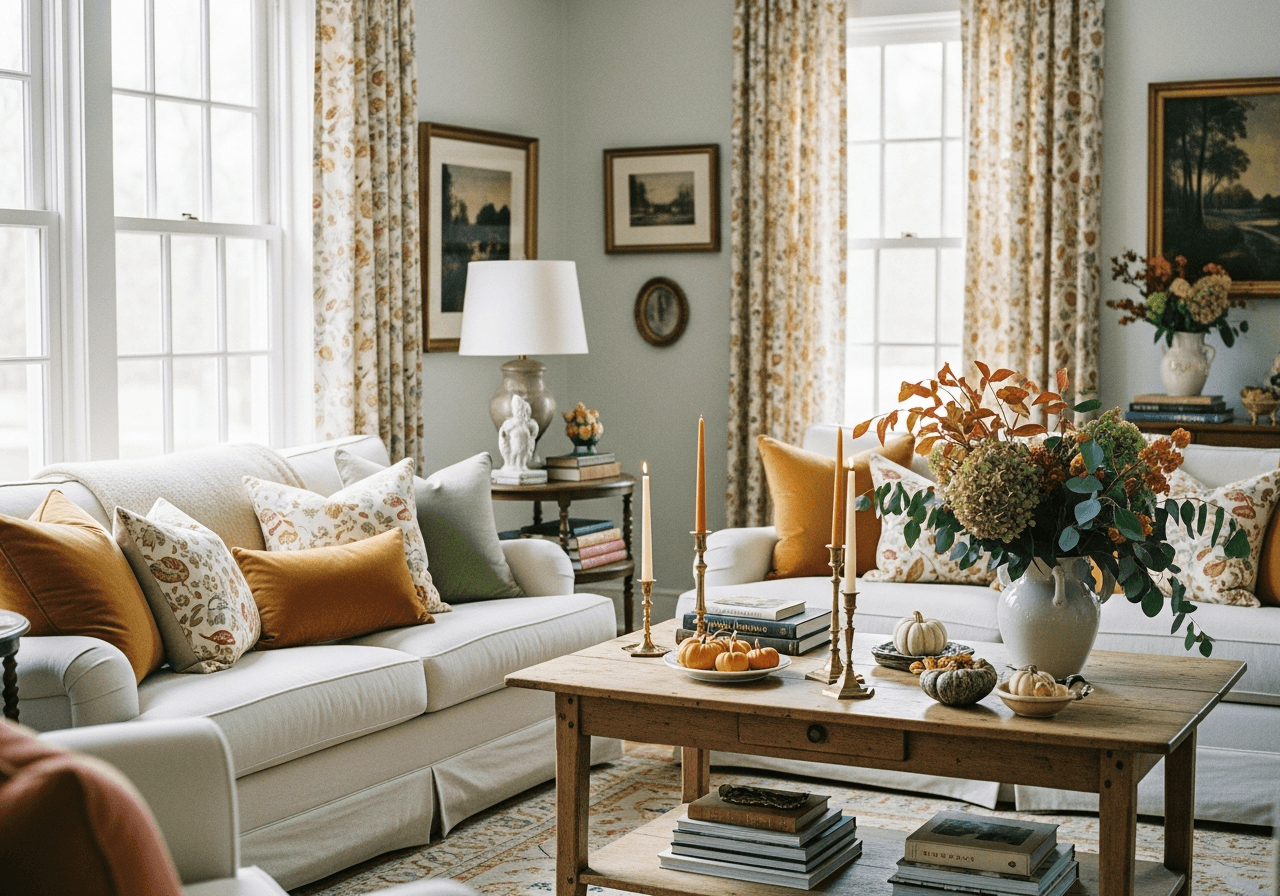
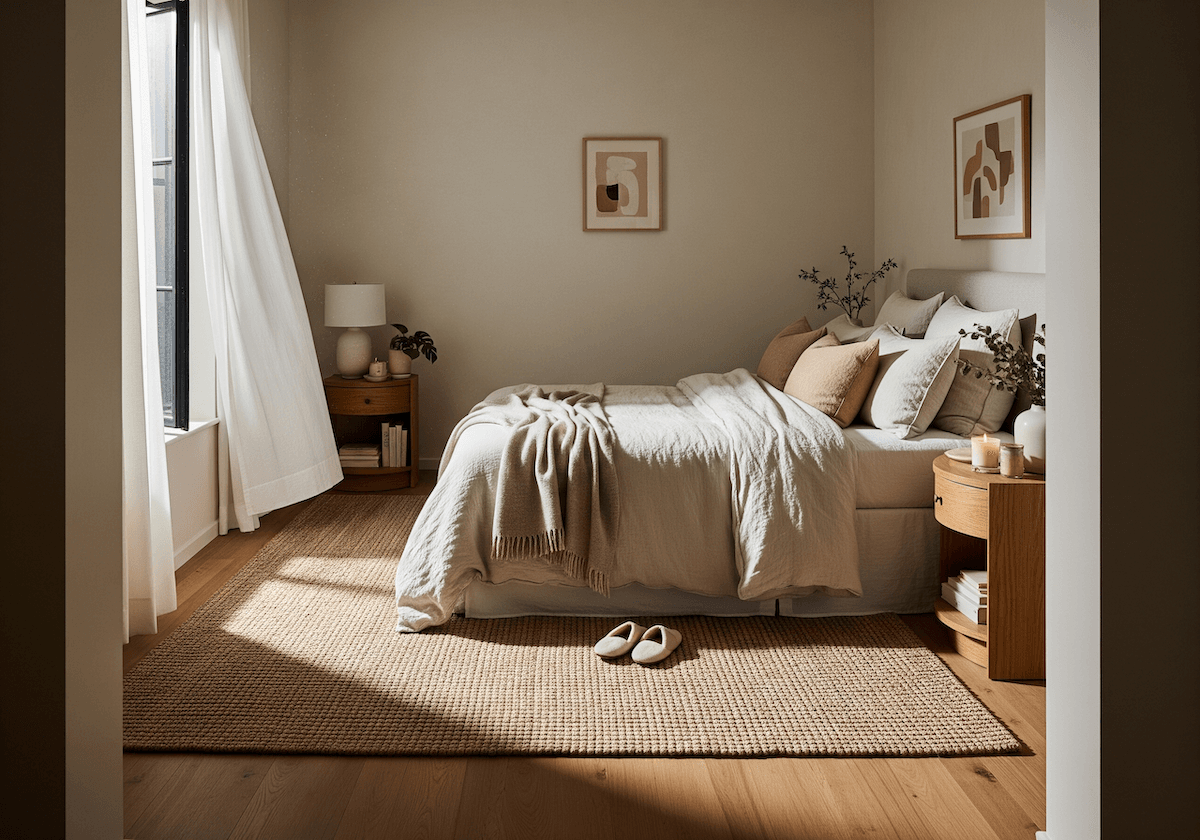

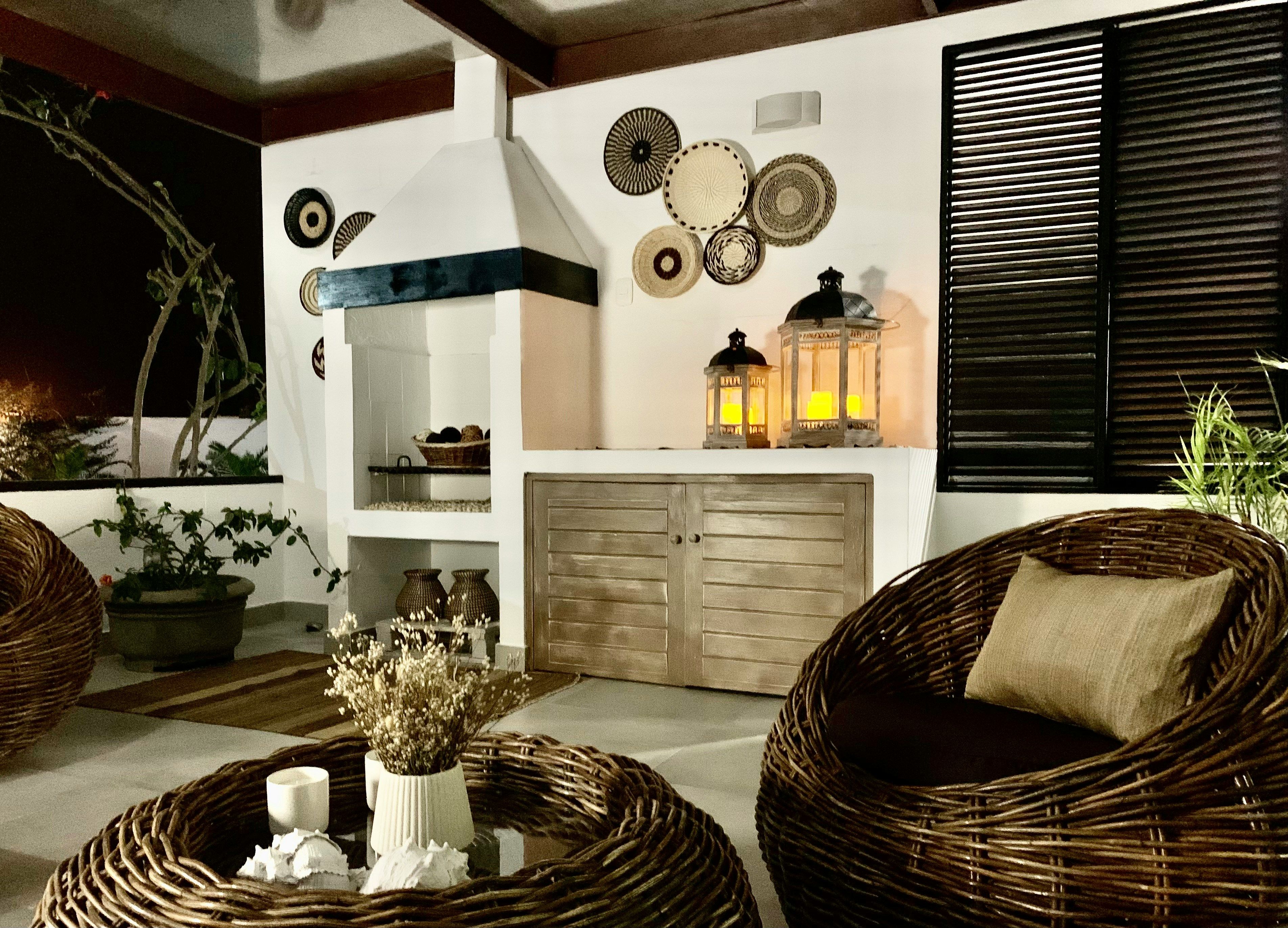


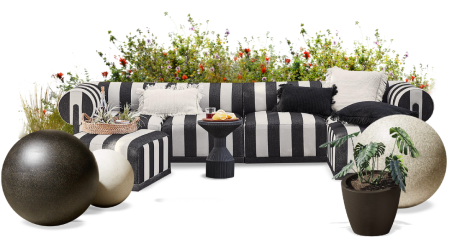
 20h left
20h left

